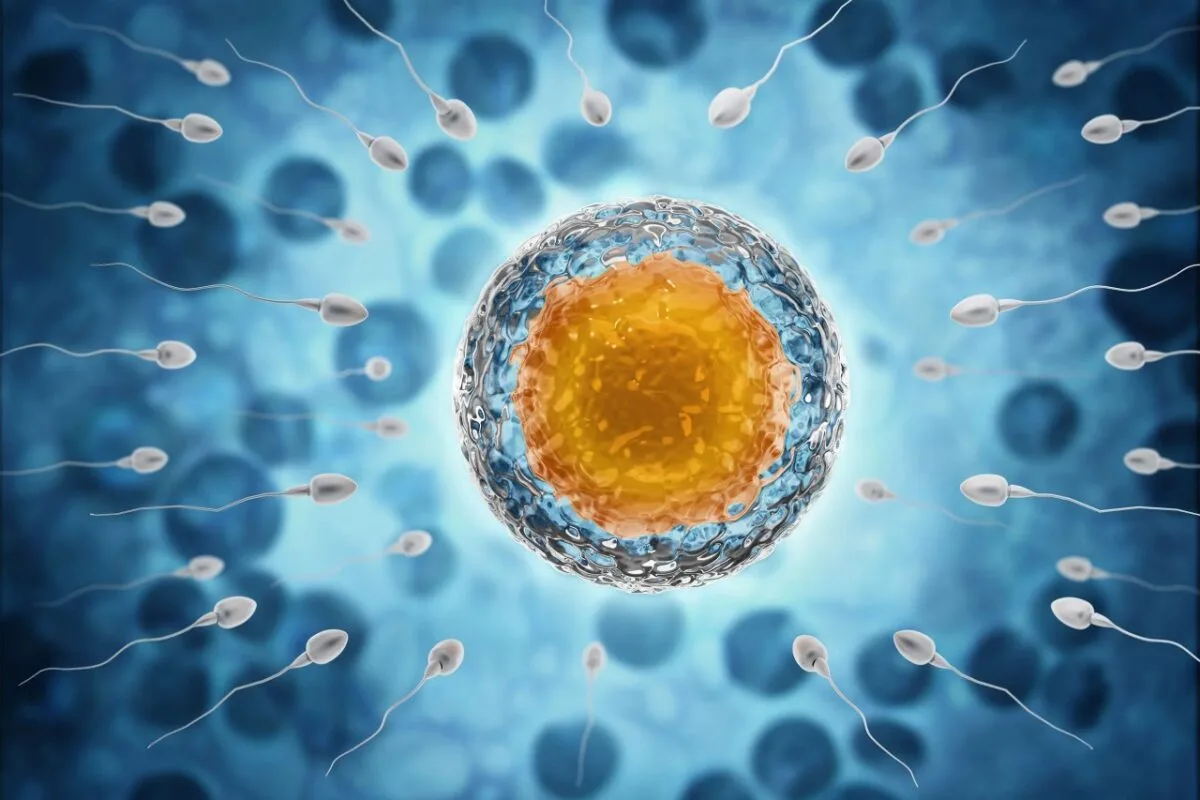Scientists say sperm count decreases in men
- March 3, 2024
- 0
British science columnist David Robson analyzes the causes of deterioration in sperm quality in men around the world in New Scientist. Naked Science has translated an article in
British science columnist David Robson analyzes the causes of deterioration in sperm quality in men around the world in New Scientist. Naked Science has translated an article in

British science columnist David Robson analyzes the causes of deterioration in sperm quality in men around the world in New Scientist. Naked Science has translated an article in which researchers try to understand the causes of this phenomenon and look for ways to reverse it.
The year 1974. While newspaper columnists marvel at advances in in vitro fertilization technology and the possibility of “test tube babies”, a disturbing discovery in the field of male fertility escapes their attention.
Comparing the results of the study of modern sperm samples with historical data, two doctors from Iowa – KM Kinloch Nelson and Raymond Bunge – showed that sperm count in men has been decreasing dramatically for more than two decades. In 1951, one milliliter of semen contained 107 million sperm; By the 1970s they had decreased by more than 50 percent, reaching 48 million. The average sperm volume per ejaculation also decreased.
By the 1990s, scientists began to pay more attention to this issue, but some were still skeptical. They attributed the differences to differences in counting methods or to the fact that the studies were conducted mostly on men undergoing infertility treatment. Today, such doubts are decreasing. “There is a lot of scientific evidence to support this decline,” says Albert Salas-Huetos of Rovir y Virgilio University in Spain.
For Salas-Huetes, the real question is not whether so-called “spermageddon” actually happens, but why it happens and what to do about it. According to research, the problem may occur due to exposure to environmental toxins and some lifestyle factors. We can slow or reverse this trend by better examining the prime suspects.
According to a recent report from the World Health Organization, one in six people on the planet has problems getting pregnant. There are many reasons for this, but 30-50 percent of such cases are related to sperm quantity and quality. Either the number of sperm is too low or they are not mobile enough to reach the egg. Some may have genetic defects known as DNA fragmentation in their chromosomes.
Shanna Swan, a reproductive epidemiologist at the Icahn School of Medicine at Mount Sinai (New York), is the author of many of the most interesting studies. He became interested in the subject in the 1990s when the US National Academy of Sciences asked him to conduct an independent analysis of a Danish study on a rapid decline in sperm count. Swan was initially skeptical; She believed the researchers might have missed some important factors in the calculation. But after processing the data, she found the same decline rates as the Danish team predicted. “We found no discrepancies down to the second decimal place,” Swan says.
His faith grew stronger in the following years. In 2017, he and his colleagues published the largest meta-analysis of its kind, examining data from 185 studies involving more than 42,000 men between 1973 and 2011. Swan’s team looked at two measurements: the concentration of sperm in a milliliter of semen and the total number of sperm in the sample. In North America, Europe, Australia and New Zealand, both declined by an average of 1.5% per year, leading to a 50-60% decline over the period.
Source: Port Altele
As an experienced journalist and author, Mary has been reporting on the latest news and trends for over 5 years. With a passion for uncovering the stories behind the headlines, Mary has earned a reputation as a trusted voice in the world of journalism. Her writing style is insightful, engaging and thought-provoking, as she takes a deep dive into the most pressing issues of our time.